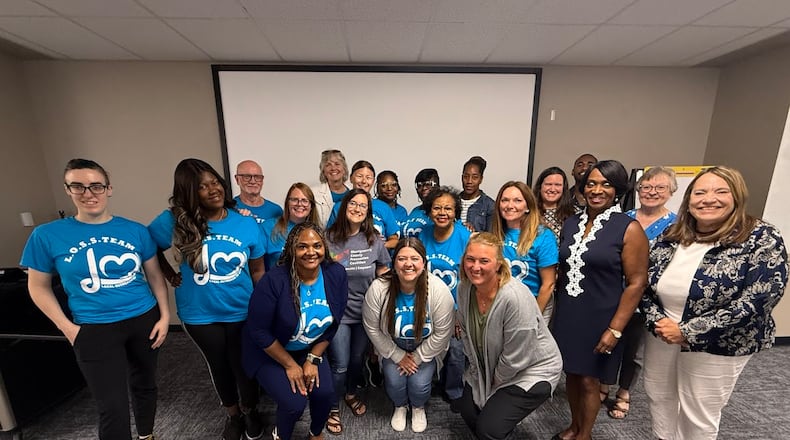Editor’s note: This page discusses suicide. If you or someone you know is in crisis call or text 988 to the Suicide & Crisis Lifeline, 24/7.
How the L.O.S.S. Team supports suicide survivors - and how you can help
Someone that has lost a loved one to suicide is three times more likely to consider suicide themselves. Each suicide affects more than just the immediate family. On average, six family members and up to 135 people in the wider community may be impacted. This becomes a deadly spiral, where one loss creates another and another – a spiral that is difficult to stop. That’s where the L.O.S.S. Team comes in.
L.O.S.S. is an evidence-informed, national model where timely, compassionate support is given in the immediate aftermath of a suicide death. Here’s how it works: the responding law enforcement agency can dispatch the L.O.S.S. Team to the scene of a suicide death. This activates a two-person response team – at least one of whom has experienced their own loss to suicide. Those volunteers will support any survivor, including family members, friends, neighbors, or even unrelated witnesses. They will be with them to provide resources, validation, or a shoulder to cry on, while also allowing the law enforcement responders to work the scene uninterrupted. In the following days and weeks after the suicide, a L.O.S.S. Team member will follow up with additional resources, referral to a support group, and periodic check-ins.
The rise of a quiet crisis in Ohio: Deaths by suicide among older Ohioans
We need to talk about one of the most immediate ways we can reduce suicide among older Ohioans, which is promoting safe firearm storage, such as safes, lockboxes, or trigger locks.
A recent CBS News report found nearly 40% of adults in Ohio have at least one firearm at home. While many own them for protection or recreation, easy access to a firearm in a moment of crisis can turn temporary pain into a permanent tragedy.
This isn’t about politics. It’s about protecting the people we love while respecting their rights.
One effort to tackle this senior suicide crisis is Life Side Ohio. Since its inception, Life Side Ohio has focused on working with hunters, firearm instructors, collectors, law enforcement, and gun retailers to promote suicide awareness and prevention. OSPF has partnered with Life Side Ohio for a new campaign, Life Side Silver, focusing on older adults.
About the Author



